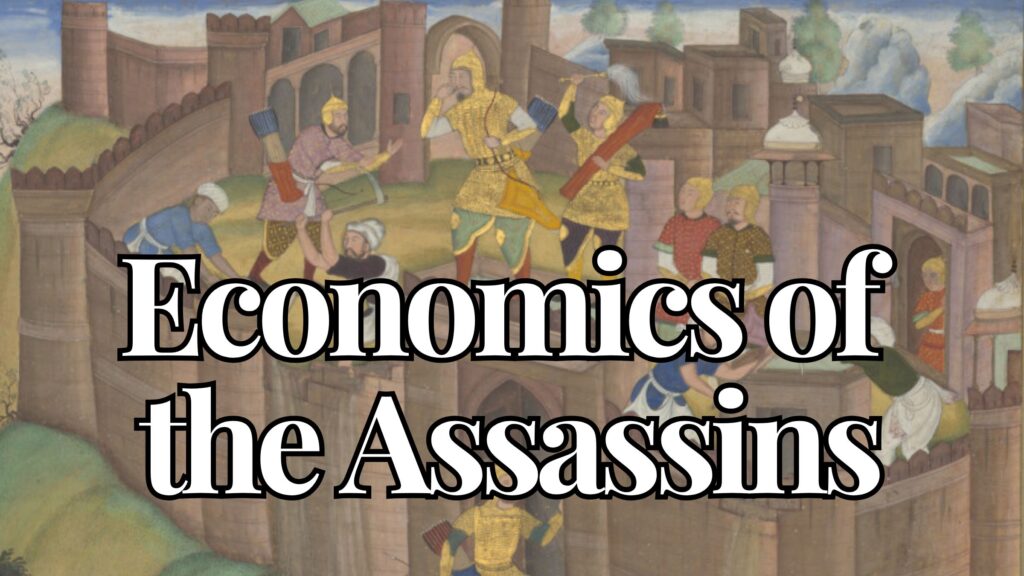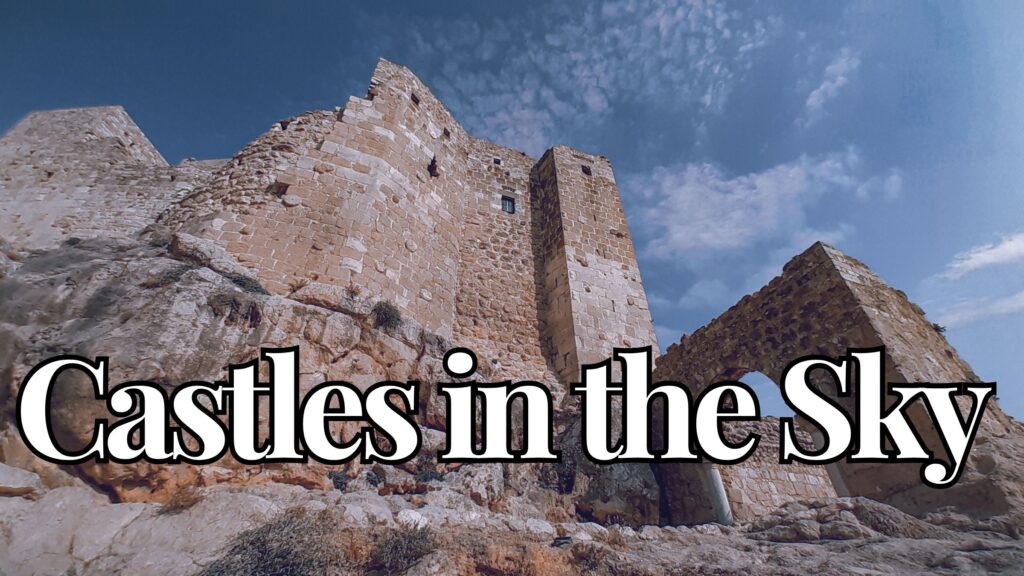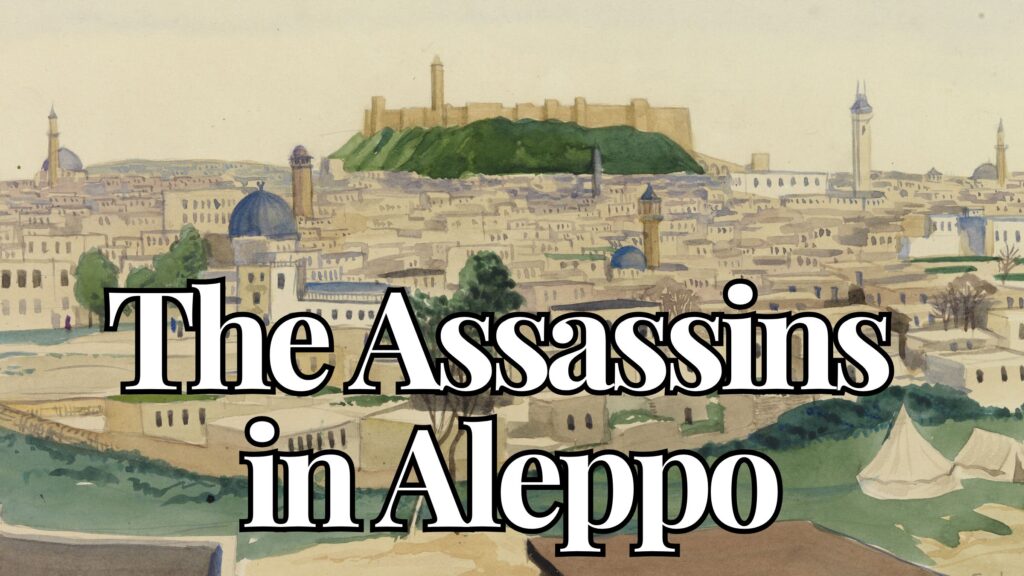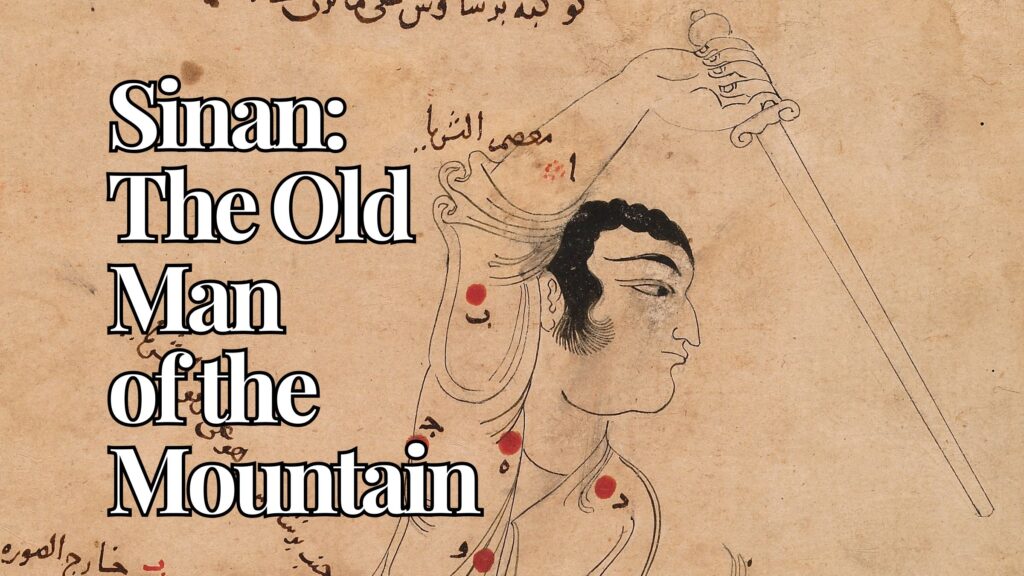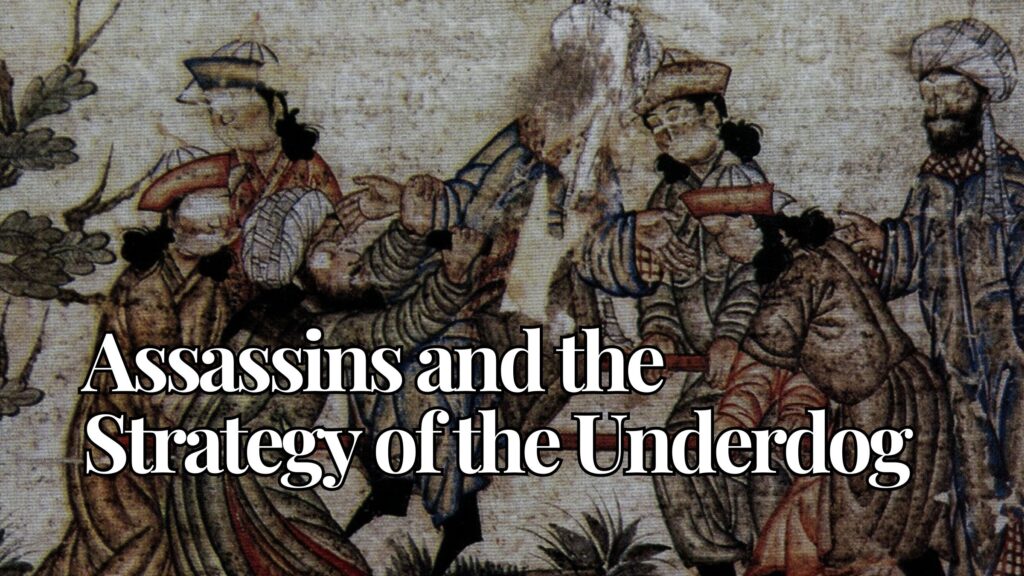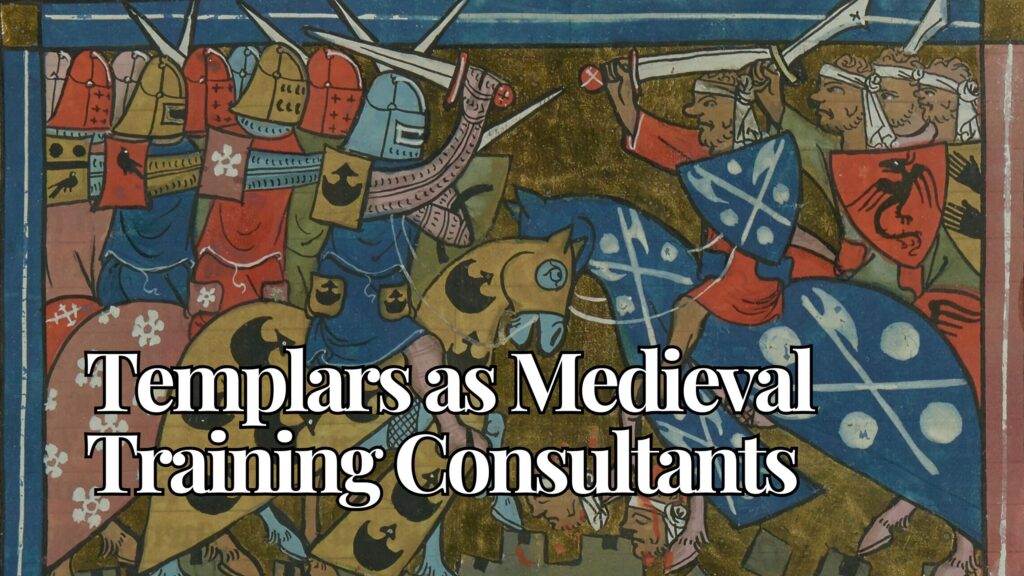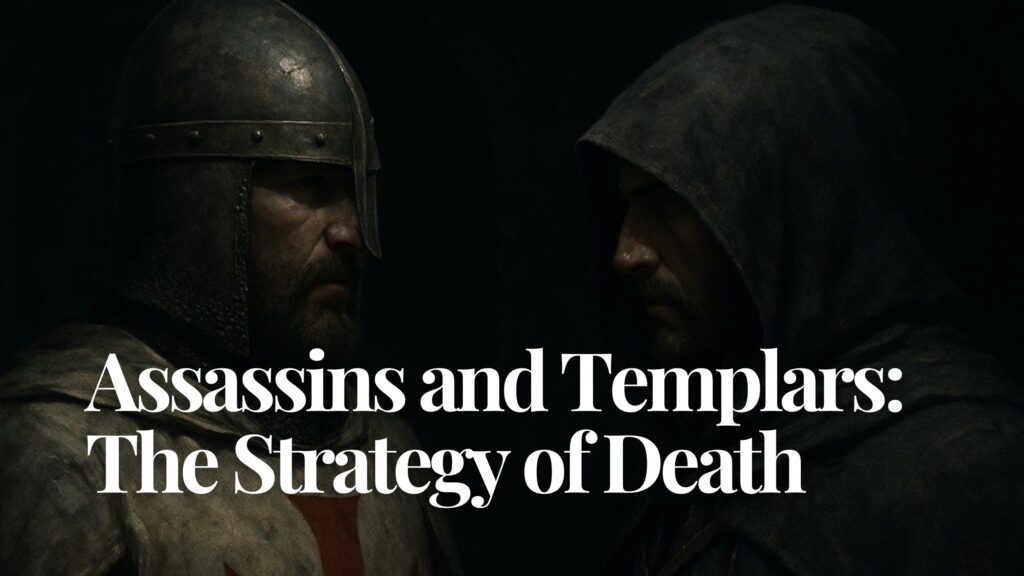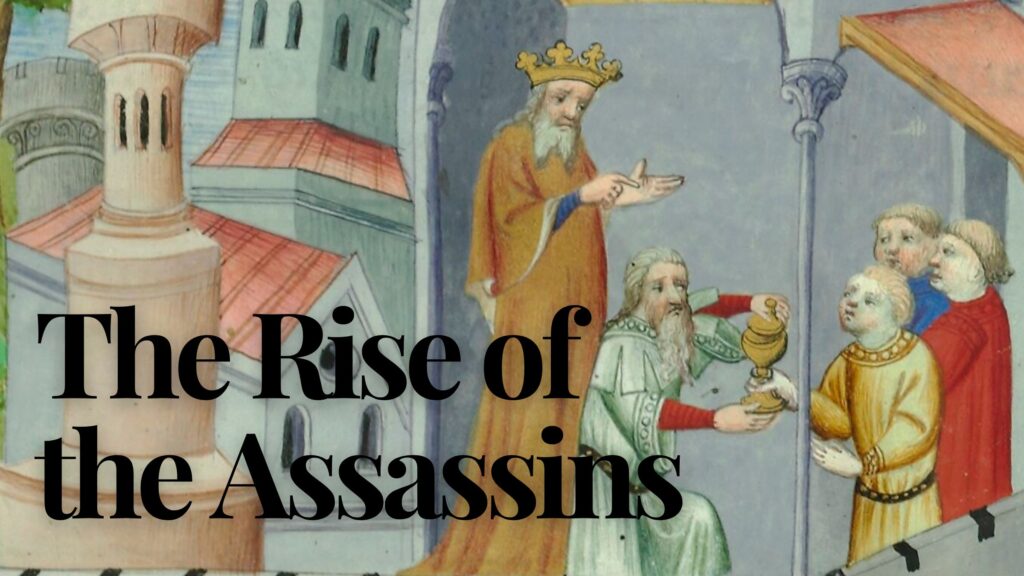What Do Economists and Assassins Have in Common?
An examination of the economic pressures behind the medieval Assassins, from costly fortresses to the financial realities that influenced their role as hired killers.
How a Medieval Sect Built a Mountain Stronghold in Syria
Discover how a persecuted sect known as the Assassins transformed remote Syrian fortresses into the centre of a medieval mountain state—blending diplomacy, strategy, and fortification to secure their survival.
When the Assassins Came to Mosul
In 1126, Nizari Assassins struck in Mosul, killing the powerful Seljuk commander al-Bursuqi during Friday prayers. The attack and its bloody reprisals reveal how fear, faith, and politics intertwined in the medieval Islamic world.
When the Assassins Came to Damascus
In 1113, Mawdud of Mosul was assassinated in Damascus by the Nizaris, exposing the deep rivalries between Turkic rulers and the Assassins’ growing influence. This account explores how politics, betrayal, and religious divisions shaped power in medieval Syria.
When the Assassins Came to Aleppo
Learn how Ridwan of Aleppo allied with the Assassins, allowing them to spread their influence and carry out their first missions in medieval Syria.
Fear and Loathing in Lebanon – Assassins, Templars and the World’s Most Toxic Landlord-Tenant Relationship
On the volatile crusader frontier of Tripoli, the Templars became the new “landlords,” taking over castles and villages to defend Christendom. Their unwilling neighbours—the Nizari Assassins—responded with a century of assassinations, raids, and uneasy tribute in one of history’s most toxic landlord-tenant relationships.
How to Be a Medieval Hitman – What It Took to Be an Assassin Fidais
The medieval Assassin fidais were elite Nizari killers whose fearsome reputation blended myth, legend and the stark reality of their missions.
Sinan: The Old Man of the Mountain
Meet Rashid al-Din Sinan, the Nizari Ismaili leader remembered as the “Old Man of the Mountain,” who built fortresses, trained the Assassins, and shaped one of the most feared movements of the medieval Middle East.
Assassins and the Strategy of the Underdog
The Assassins of medieval Persia were a small, unpopular sect, but they developed a strategy that allowed them to punch far above their weight. By seizing castles, cultivating converts, and carrying out targeted killings, they created a network of power that defied even the Seljuk Turks
Templars as Medieval Training Consultants
Discover how the Knights Templar acted as medieval training consultants during the Second Crusade, bringing discipline, tactics, and military innovation to save a faltering crusader army.
Assassins and Templars: The Strategy of Death
Discover how the Assassins and Templars used fear, fanaticism, and the strategy of death to survive and shape power during the Crusades.
How Ancient Were the ‘Ancient’ Order of Assassins?
Discover the true origins of the medieval Assassins, from Hasan Sabbah’s capture of Alamut to the rise of a ruthless Ismaili state in Persia.
Crusader Criminals: Plunder, Pillage and the Usual Suspects
Steve Tibble on criminality in the crusades, from the primal forces such as climate change and mass migration which fed a wave of violence, to the extraordinary stories of looting, piracy, banditry and muggings which emerged.
Drunk and Disorderly: How Taverns Led Crusaders into Trouble
Crusading was meant to be a holy mission, but for many knights and soldiers, the lure of taverns, drink, and other temptations often…
The Perils of Medieval Pubs: Drinking, Gambling, and Disorder
Medieval pubs were more than just places to drink—they were hubs of gambling, crime, and deadly brawls. From barroom assassinations to drunken feuds that ended in murder, these rowdy establishments were as dangerous as they were lively.
High Stakes in the Holy Land: Gambling, Sieges, and Crusader Missteps
Gambling wasn’t just a pastime in the Crusader States—it was a risky habit that often blurred the lines between entertainment and disaster. From siege lines to Mongol invasions, the stakes were as high as the dice rolls, with deadly consequences for the gamblers and their people.
Violence and Vice: Crime in Medieval Cairo
From violent disputes to daring robberies, the streets of Cairo often became a stage for chaos, where justice was swift and brutal.
Did the Knights Templar Betray Christendom?
The Knights Templar, shrouded in both reverence and suspicion, have long been a subject of intrigue. While the accusations of Satanism are among the most dramatic charges levied against them, claims of treachery and betrayal have also left an indelible mark on their legacy.
Medieval Police Chiefs: When Justice Was for Sale
There weren’t many police officers in the medieval world. And, when you see what they got up to, that is perhaps just as well.
Did the Templars Have a Secret Treasure?
Then as now, when people mentioned the Templars, their minds often turned to the prospect of treasure. And it was only a short step from the idea of treasure to the sins of greed and avarice.
Stealing Horses, Losing Feet: Crusader Animal Laws
There were many strange quirks associated with the justice systems of the Crusader States. They were, after all, on the frontiers of Christendom and many aspects of their law books were arcane in the extreme.
Templars on the Run: Myths, Facts, and What Really Happened
One of the richest seams for conspiracists is the idea that there were large numbers of ‘Templar renegades’ roaming around Europe and the Middle East in the aftermath of the order’s suppression, doing whatever outlandish idea might come to mind in a pub.
Weapons, Violence, and the Crusades: A Medieval Arms Race
The sword and shield of medieval Europe weren’t just tools of war—they were catalysts of chaos, reshaping societies and escalating crime rates. From Christendom to the Crusader States, weapons played a dual role: defence and destruction.
Were the Templars a Secret Cult?
Were the Templars truly secretive satanic worshippers, or is that just a myth perpetuated by conspiracy theories? Dive into the surprising evidence that reveals how this famed medieval order was far more open and integrated into society than legend suggests.
Were the Crusader States Penal Colonies?
The population of the crusader states was not representative of normal demographics. Perhaps ironically, for societies with a heavily religious foundation, a disproportionate number of those who came to the crusader states were criminals.
